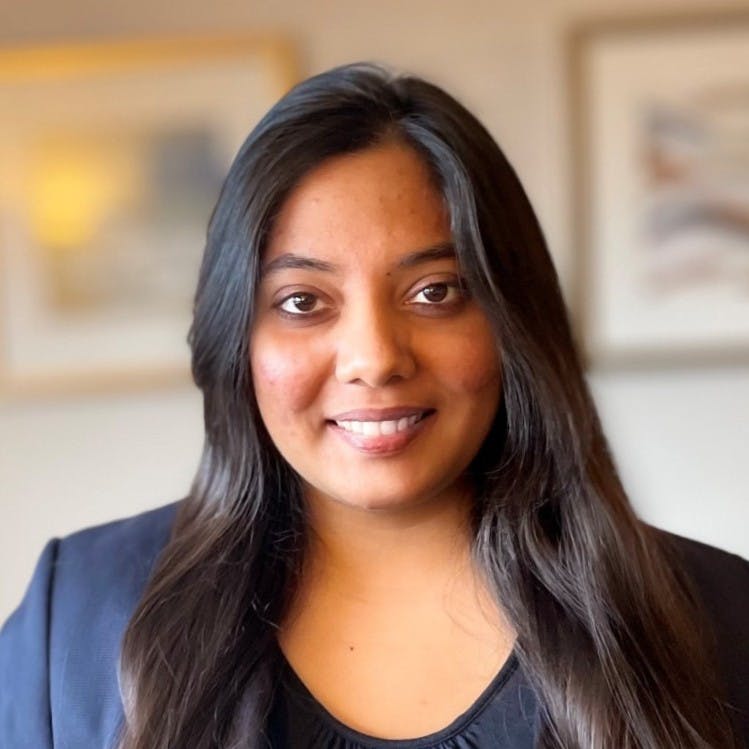
Priyaanka Arora
October 23, 2025
Three Data Apps That Won the Plotly Analytics Vibe-A-Thon
Plotly Studio leads the vibe analytics movement. Vibe analytics means you're using AI to reveal what your data is trying to tell you instead manually building interactive data apps and dashboards from scratch. You're also skipping pre-conceived ideas about the best way to visualize your data.
Plotly Studio is the first offering to go directly from dataset to data app with no additional prompts required. The data apps are generated from nearly 2,000 lines of beautiful, well-structured Python code. Once you've used Plotly Studio's iterative workflow to refine your app, Plotly Cloud is the easiest publishing and sharing platform for your apps.

Our very first hackathon, the Analytics Vibe-a-Thon, put this to the test: 1,500+ participants from 35 countries spent three weeks building data apps, resulting in 200+ submissions. Most people built these apps entirely in Plotly Studio using plain English prompts without external LLMs or code. Watch the live event here, or read the recap:
The winners
Top three:
- 1st Place: Alonso - OECD Pension Explorer
- 2nd Place: Tatiana - Femicide in Bolivia: From News to Narrative
- 3rd Place: Pranav - Football Post-Recovery Analytics (Community's favorite)
Honorable mentions:
- Darlene - Eco Plus
- Sagar - Psychology of Banking
- Esther - E-commerce Sales Analytics
- Arianne - Formula One Racing Analytics
- Talha - Smart and Secure Schools in India
- Deepa - Charting Gender Parity
Check out the gallery of apps here.
The data apps
Alonso: OECD Pension Explorer (1st Place)
Alonso merged multiple OECD sources to compare pension systems across countries. He created a detailed data dictionary and fed Plotly Studio a massive prompt to get clean naming right from the start.
Japan spends 9% of GDP on pensions. Chile spends 2.8%. Turkey is raising the retirement age from 50 to 64 years. Italy is going from 64 to 71 years. The future age metric shows planned reforms through 2023, revealing which countries are adjusting to demographic shifts.
The So-What cards guided viewers through the story without confusion. He included detailed methodology notes so others could replicate the process.

Tatiana: Femicide in Bolivia (2nd Place)
Bolivia has one of South America's highest rates of violence against women. Legal and international institutions don't publish detailed reports, so Tatiana built her own dataset by scraping news reports and using Gemini/Gemma LLMs to extract details about victims, aggressors, and crime context.
The patterns were stark. Aggressors are typically the same age or older than victims. Partners and husbands are the main perpetrators, not strangers. Jealousy is the top motivation. The three main cities show higher crime rates because of media coverage, not actual prevalence.
She plans to make it multilingual to reach more people. The room agreed this needs to reach authorities and policymakers.

Pranav: Football Post-Recovery Analytics (Community Winner)
Pranav spent 3-4 years in sports analytics. He analyzed 2.6 million events from top European leagues, trimming it down to track what players do immediately after winning the ball.
The percentile rankings graph lets you see exactly how progressive a player is compared to their peers. The zoom feature on scatter plots solved the cluttered-data problem. This matters when scouts and analysts need to filter players by age, position, and league before diving into specific metrics.
The community voted this one to the top, with 35 likes.

Sagar: Psychology of Banking
Sagar tackled a billion-dollar problem: banks make thousands of calls but only get 11% success rates. Using UCI bank marketing data from the 2008-2010 crisis, he found some sharp insights.
Calling customers more than 3 times tanks the conversion rate. People have already decided if they want the loan within the first 2-3 calls. After that, you're burning budget.
Students with tertiary education look like small fish but convert at high rates. The percentage view revealed this pattern where raw numbers hid it.
The gradient styling and emoji touches made this app stand out visually. The cross-filtering and real-time KPI cards showed technical depth.
Talha: Smart and Secure Schools in India
Talha merged government datasets to visualize school infrastructure across Indian states. Tamil Nadu dominated in digital access with libraries, internet, and computers. The tobacco usage graph showed Mizoram men hitting 70%+ smoking rates while women stayed around 60%.
He created a Technology Readiness Score that ranked every state on combined infrastructure metrics. The slider animation showing state-by-state changes was his favorite feature to build.
Judge feedback
Sam: Apps that told stories performed better than apps that dumped data. One app included a carousel feature that Sam had never seen in Plotly Studio before. And embedding chart explanations directly in the visuals helped viewers understand takeaways without extra work.
Martin: Data validity matters most. Sometimes less is more. The dashboard with the clearest information wins, not the one with the most charts. He also singled out Alonso's sections for guiding viewers through the app.
The takeaway
These data apps solved real problems, from banking efficiency to gender violence to sports analytics. In addition to cash prizes and Plotly swag, the winners all get an extra free month of Plotly Studio to create more incredible data explorations. Try Plotly Studio for yourself: download here!